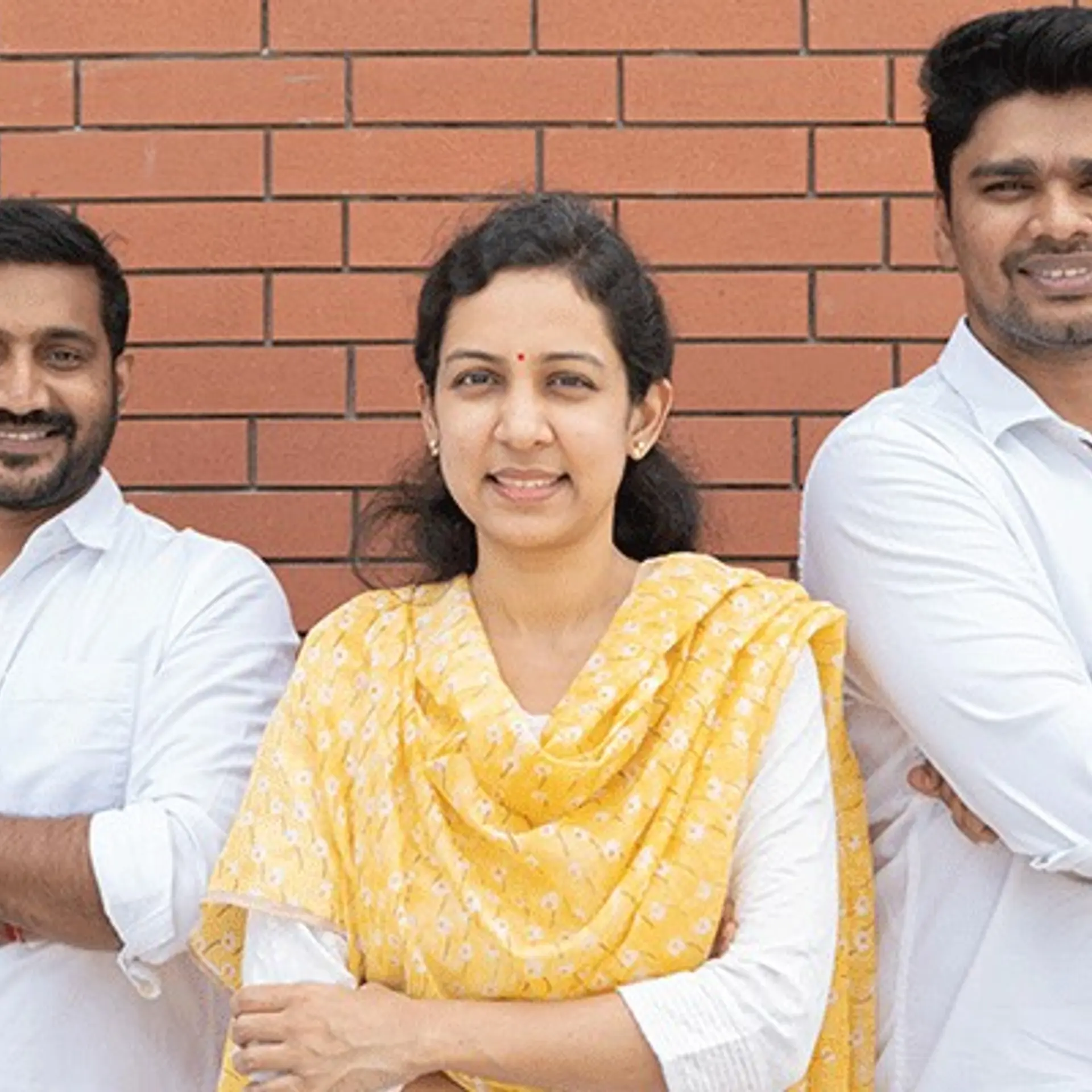[Book Review] The Elephant Catchers: Key lessons for breakthrough growth

Many startups, even those who take off to a brilliant start, falter in the big game and go out of business. It is key for entrepreneurs to understand what exactly it means to go beyond the ‘glass ceiling’ and scale up their organisation to succeed in the long run, argues Subroto Bagchi in his new book, The Elephant Catchers. This is the perfect book for entrepreneurs to read as they wrap up a long year, plan for the year ahead, and even draw up their own New Year resolutions (good luck!).
Subroto Bagchi is co-founder of MindTree and the author of a range of business books: MBA at 16, Zen Garden, The Professional Companion, Go Kiss the World, and The High-Performance Entrepreneur.
“Unlike an operation to catch rabbits, trapping an elephant calls for expertise over enthusiasm. Those who hunt rabbits are rarely able to rope in elephants,” Bagchi explains.
The book is full of delightful business metaphors such as these from the animal world: swans (companies who glide smoothly), paddling dogs (organisations furiously swimming in the water), loyal dogs (companies happy to please customers), independent cats (companies irreverent to their clients), grizzlies (sales people who only catch salmons the easy way), and skunks (bad client deals just for the sake of acquisition)!
There are six key components of organisational scale, explained in the course of 22 chapters. I have summarised these briefly in Table 1. The material is backed with examples from Mindtree’s own ups and downs, ranging from a failed bid to enter the smartphone business to its eventual IPO.
Table 1: Six components of scale
Typical challenges faced as a startup scales up are the loss of enthusiasm and cohesion in the nascent stages, the feeling of shared vision and intimacy, accessibility to all team members, and the flexible multi-tasking nature of work. But the challenge is that the elephant-catcher mindset (which embraces scale, complexity, process and risk) may not sit well with the rabbit catcher mindset (based on simpler problems solvable with excitement and basic skills).
As the company grows, formulating a clear strategy becomes key; this should blend simplicity with action, and should be understandable across the board. This has been evinced outside the corporate sector as well – as Mahatma Gandhi did using the simple concepts of non-violence and non-cooperation in India’s freedom movement.
A big organisation depends on its board of directors as the “conscience keeper and the voice of reason and caution for leaders willing to listen,” Bagchi explains. Managers need intellectual honesty to deal with their board, and the board members need to invest time, energy and their networks to build the company.
Brand transformation includes an organisation’s capabilities, competencies, and culture – and spans customers, investors and employees. One chapter offers useful advice on dealing with consultants: speak to their reference clients, set expectations on both sides, be clear on payment terms, put knowledge capture processes and teams in place, and be willing to change.
The chapter on CSR is superb, and shows how Indian companies need to understand that CSR is not charity and is not divorced from the core values of the company. “CSR initiatives awaken the power of inclusion and volunteerism among employees, which rub off on the way they approach their work,” Bagchi explains.
CSR is about ‘being good,’ not just ‘doing good,’ as shown for example by the ‘go green’ initiatives of companies such as Starbucks (which has cultivated a pro-environment image via support of sustainable farming), Fuji Xerox (green copiers) and Toyota (green cars).
“Profitability cannot be sustained if it runs contrary to the larger needs of the social fabric,” says Bagchi. CSR helps create a ‘surge of positive energy’ and amplify it via ‘the power of the collective.’
Thinking out of the box is also important for growing companies not just to understand other best practices but also building new perspectives and new ways of thinking – not just from competitors but from outside the industry. Mindtree has done this by observing the functioning of other organisations such as the Trauma Centre at Bangalore’s Sparsh Hospital and even Mother Teresa’s Missionaries of Charity.
The collective mind of the organisation should learn how to think out of the box as a routine in the organisation; expanding the mind will help unusual new ideas emerge, Bagchi advocates. It is helpful to bring in outside experts in this regard, as well as to help managers understand their primary, secondary and foundational competencies; managers are often unaware of what their own strengths and weaknesses really are!
This is why Bagchi himself stepped down from the top position and became a ‘Gardener’ to cultivate the next generation of leaders in Mindtree, especially from outside the founding team. New leaders help bring in ‘big picture thinking’ and critical questioning; they help employees become comfortable with the notion of their inner self and how it relates to their organisation’s work.
Leaders should listen to the voices of dissent but not get discouraged by the prophets of doom. “They preserve faith in order to build an organisation that will outlive them,” Bagchi concludes.


![[Book Review] The Elephant Catchers: Key lessons for breakthrough growth](https://images.yourstory.com/cs/wordpress/2013/12/ElephantCatchers.jpg?mode=crop&crop=faces&ar=16%3A9&format=auto&w=1920&q=75)




